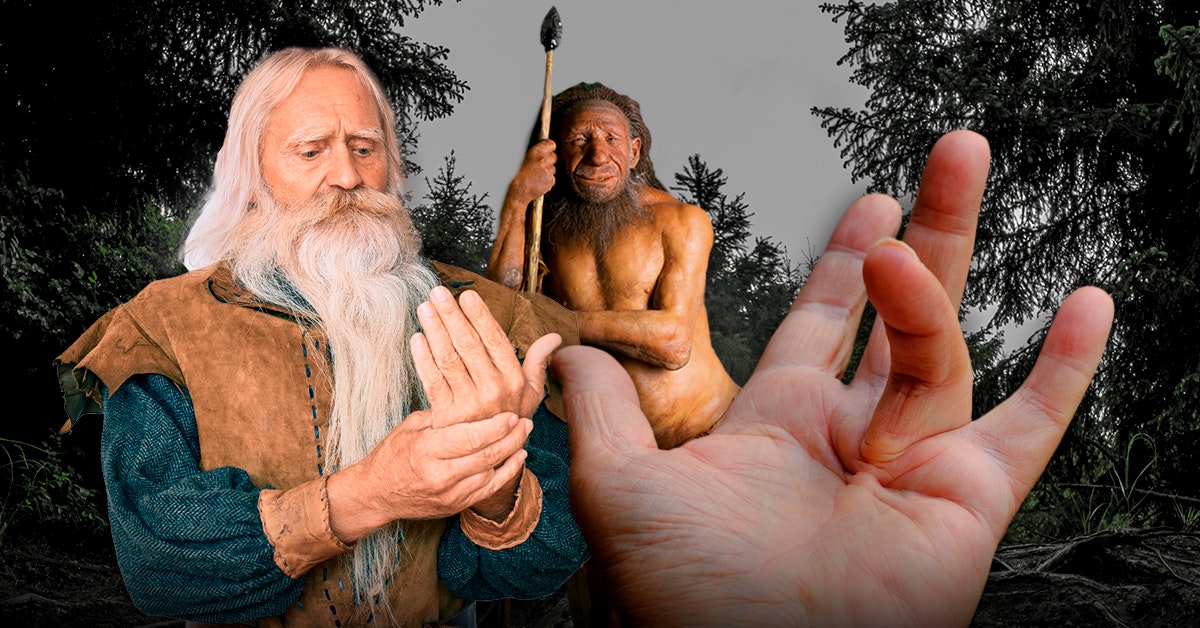About 30 percent of Norwegian men over 60 have or have had Dupuytren’s disease, usually in the middle or ring finger. The numbers in Denmark and Sweden are probably comparable. By contrast, in England only 20 percent of men over 65 have the condition, and in the United States the figure is about 10 percent for men over 50.
“The encounter with Neanderthals affected those affected,” says the paper’s lead author, evolutionary geneticist Hugo Zeiberg.
Genetic data for 650,000 people
The study was conducted by collecting genetic data from 7,871 individuals with Dupuytren’s disease and 645,880 controls from Biobank, FinnGen R7 and Michigan Genomics databases. The data mountain was used to track down genetic variants that may be associated with the condition.
Through an extensive comparative analysis, the researchers identified 61 genetic variants associated with Viking disease, three of which came from Neanderthal genes.
This may not sound like much, but it’s still notable: Of all the 61 general variants, the variants that gave the second- and third-highest chance of getting sick were Neanderthals. This indicates that our extinct ancestors were more likely to have Dupuytren’s disease.
Researchers believe that Viking disease would not be nearly as common in humans from northern Europe without contact and interbreeding with Neanderthal populations.
A 1999 Danish study showed that heredity is the most important factor in the development of Dupuytren’s disease. Even then, researchers estimated that 80 percent of disease risk stemmed from genetics, and the remaining 20 percent due to other factors, such as alcohol and diabetes.
This may also help explain why the disease continues to be widespread in northern Europe.
Between 1 and 4 percent of the human genome is made up of DNA from our distant Neanderthal ancestors, and other studies in recent years have shown how the Neanderthal legacy still affects our bodies.
For example, Neanderthal genes can make women more fertile, but also increase the risk of skin cancer and depression.
And now we also know that it was Neanderthals, not Vikings, who caused hardened fingers in Scandinavian men.

“Total coffee specialist. Hardcore reader. Incurable music scholar. Web guru. Freelance troublemaker. Problem solver. Travel trailblazer.”







More Stories
Does black charcoal toothpaste whiten your teeth?
“The Federal Reserve limits the space of the European Central Bank”
The climate crisis will cost us a lot of money